What is an emotional anchor, and how does it affect our lives?
Everyone wants recognition, success, and financial stability in their work.
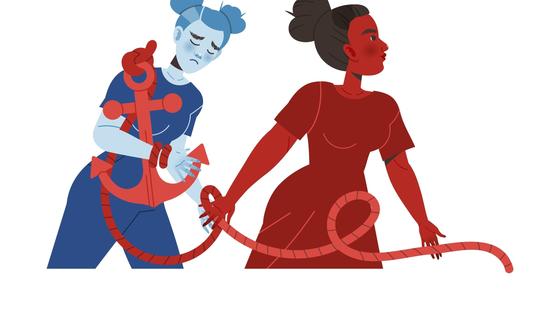
However, there are many challenges to achieving these goals because our professional qualities, emotional state, psychological personality traits, habits, and even values influence our productivity and performance.
Admittedly, people often make irrational decisions based on their hunches and preconceptions. So, if one of the triggers unwittingly starts a chain of uncontrollable reactions in us, it is often the so-called "emotional anchor." So, what is it? Well, the easiest way to explain it is to use an example. For instance, let's say you hear an old song you listened to in high school, and your first love broke your heart. So, upon hearing that same song, you begin to involuntarily relive the traumatic events of the past and experience the same emotions you felt then. It can happen subconsciously, even if you don't consciously recall the song.
Many such "triggers" in everyone's life cause us to fall into a melancholic mood and escape from reality into a world of memories and unwarranted emotions. So, can this be prevented, or conversely, can it be used to benefit one's career?
The Emotional Anchor: How it works and what it is
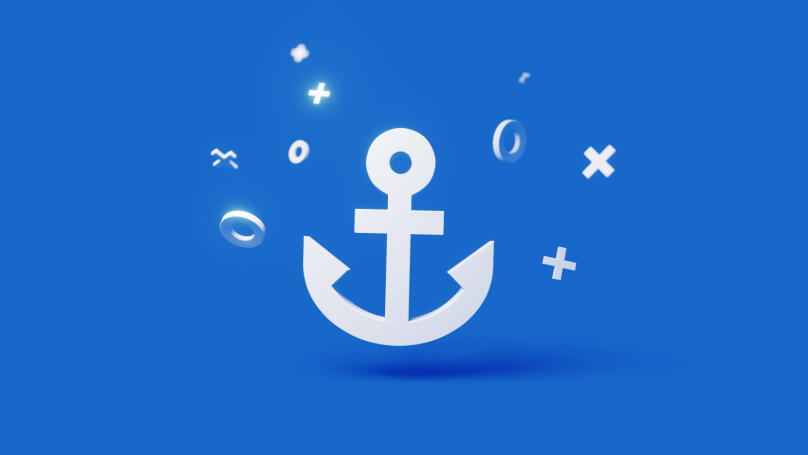
As we've discovered, an emotional anchor is a trigger, a specific and identifiable stimulus that triggers an emotional response. In other words, an emotional anchor is a signal to our subconscious mind that causes us to re-experience certain situations and states. However, it may come in many forms, purposes, and characteristics.
The basic classification of emotional anchors is based on the principle of our perception. That is, all anchors get categorized according to the way they affect us. Emotional Anchors are divided into the following categories.
-
Visual Anchors.
Almost every picture or visual image we see evokes a specific emotion. Similarly, particular colors, logos or emblems, gestures, furnishings, and so on can also evoke emotions. If we talk about "human" visual anchors (i.e., anchors that any person possesses for others), these are primarily hairstyles, scent, style, facial features, and accessories. For instance, think about your emotions if you were to imagine the image of your boss right now. Then, what would be different if you imagined your loved one in front of you? Why do you react to both images in other ways? The reason is that they both have other visual anchors for you! Therefore, they also evoke different associations and emotional reactions.
-
Auditory Anchors or Sound Anchors.
Audio anchors are equally common and as powerful and influential to our subconscious mind as visual anchors. They can be annoying sounds or remind us of something pleasant (like songs). Additionally, the timbre of voice, pitch, tone, intonation, and pronunciation are also considered auditory anchors. That is why the voices of some people you know may repel you and make you feel uncomfortable. Or a familiar example: the sound of the alarm clock makes us swallow anxiously and startles us. If it is the same melody that rings your co-worker's doorbell, hearing it will keep you in suspense because of your emotional associations.
-
Kinaesthetic Anchors
These anchors are more challenging to detect and perceive but are arguably the most powerful of all anchors. They include sensations and touches, smells, and tastes. For instance, the food your grandmother used to cook for you when you were a child will always evoke sentimental feelings and remind you of a happy childhood. However, the perfume of your abusive boss will trigger irritation, anxiety, and worry. Likewise, touching. For instance, a pat on the shoulder, brushing the hand, or any other tactile sensation can provide an anchor for a person.
You can divide all emotional anchors by their effect on a person - positive or negative. As you can easily guess, the first ones evoke pleasant feelings and allow you to enjoy the moment again, while the latter has a purely destructive effect on the psyche and cause stress. Nevertheless, any emotional anchor will knock you out of your reality and take you out of control of your life. Lectera's course "Stress management: methods of achieving internal balance" will help you self-manage your emotions and find inner confidence. But now, read on about how to use emotional anchors to increase productivity.
How does the anchoring process take place? The Main Principles
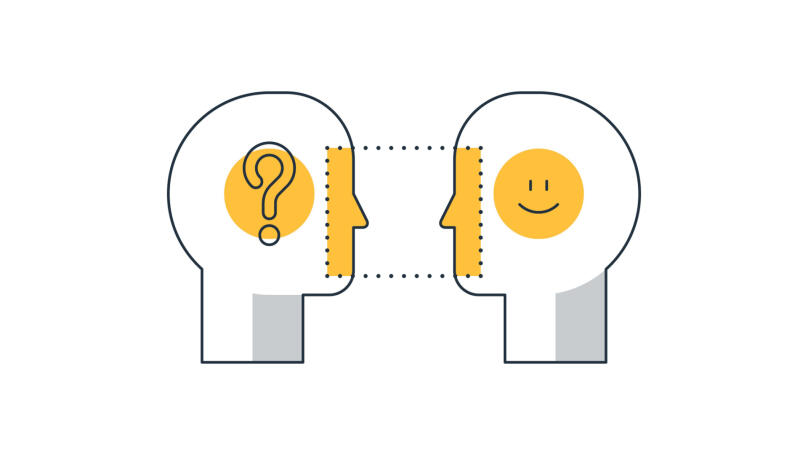
Emotional anchors are inevitably present in everyone's life. However, it's essential to keep only the most constructive and productive ones and eliminate the destructive ones. Let's find out how to control anchors, set them consciously and filter them out.
Anchoring is the process of connecting or linking a particular event (trigger) to a person's internal state, feelings, and emotions. Thus, the desired reaction is attached to a specific event, object, or feeling, and the person feels more in control of their psychological state.
To start anchoring, you must first determine which state or feeling you want to "anchor," that is, bind it to a specific image or action. Subsequently, this will allow you to experience it virtually at the "snap of your fingers." For instance, consider the following situation: you have reached significant professional heights, your business is flourishing, so you finally decided to take a holiday and go to the sea. You're in a great mood, enjoying the scenery, and deciding to visit a cozy restaurant by the sea. On the menu, you see a signature dessert, like cannoli. Try it! Slowly, carefully. Taste it, think about relaxing in pleasant surroundings, and unwind while doing it. This way, you will associate waffle cannoli with well-being, enjoyment, and relaxation. What's more, if, in the future, you will haunt a lousy mood, have setbacks at work, or have emotional burnout, go to the cafe and order the same dessert which once tasted at the height of your success. And you're already full of new energy and motivation to tackle difficulties!
Of course, in practice, things are a bit more complicated than in our example. For the anchoring process and the necessary stimulus-response connection to take place safely, we suggest the following principles to guide you:
- Uniqueness. The incentive should be unique. This means that an ordinary handshake, a familiar word, or any everyday action will not be able to become a "trigger." For an action to trigger a particular reaction, it must be unusual, rarely repeated, and well-remembered. So, for example, if you've been eating waffle tubes every day at home, you certainly can't relate to a holiday, but you can if you are trying it for the first time.
- Maximum Intensity. Maximum Intensity" means anchoring at the exact moment when the feeling, emotion, or sensation you're experiencing is strongest. It is how an anchor will become firmly attached to a particular state.
- Detachment. This trigger must provoke no secondary experiences other than the desired feeling or sensation you intend to anchor. That is, the anchor should only cause that particular reaction.
These same principles and the anchoring technique get used in Neuro Linguistic Programming, a particular branch of practical psychology. For instance, NLP experts believe that the help of emotional anchors can influence you and the people around you. Therefore, it is easier to build trust with them. You can learn more about this on our special course, where you'll learn how to influence people verbally and non-verbally, but also how to sell, develop your business and boost your self-confidence.
Lectera’s Online Courses by topic
We deal with emotional anchors daily, and sometimes they are the ones that throw us off balance and derail our working mood. However, suppose you know how these emotional anchors work, master the basic principles of anchoring techniques and use them in your everyday life. In that case, you can significantly improve your productivity and reach new heights! Remember that managing your reactions, toning up, and resourcing yourself are the most crucial skills for the modern in-demand professional.
Share this with your friends via:
Latest News

A significant stage in the development of the alternative education system has begun in West Northamptonshire in the UK: the County Council is actively calling on parents, guardians, and trustees to participate in shaping the future of this key area.

Outwoods Primary School in Atherstone, Warwickshire, having experienced deep sadness after the loss of their famous cat, Silla, has found solace in a new pet – a Maine Coon named Aloysius O’Hara.
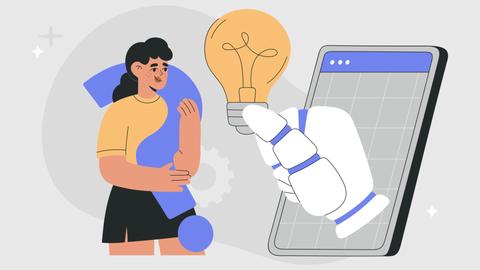
In modern universities, artificial intelligence, and in particular ChatGPT, is rapidly transforming from a controversial tool into a full-fledged student assistant.
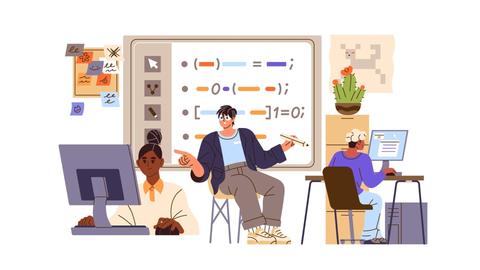
An innovative educational project is gaining momentum in UK primary schools, aiming to change attitudes towards video games.

The Massachusetts Institute of Technology (MIT) presents MIT Learn – a revolutionary online platform that opens a “new front door” to access university knowledge and resources.












 How to Restore Communication with People You Lost Contact With Long Ago
How to Restore Communication with People You Lost Contact With Long Ago
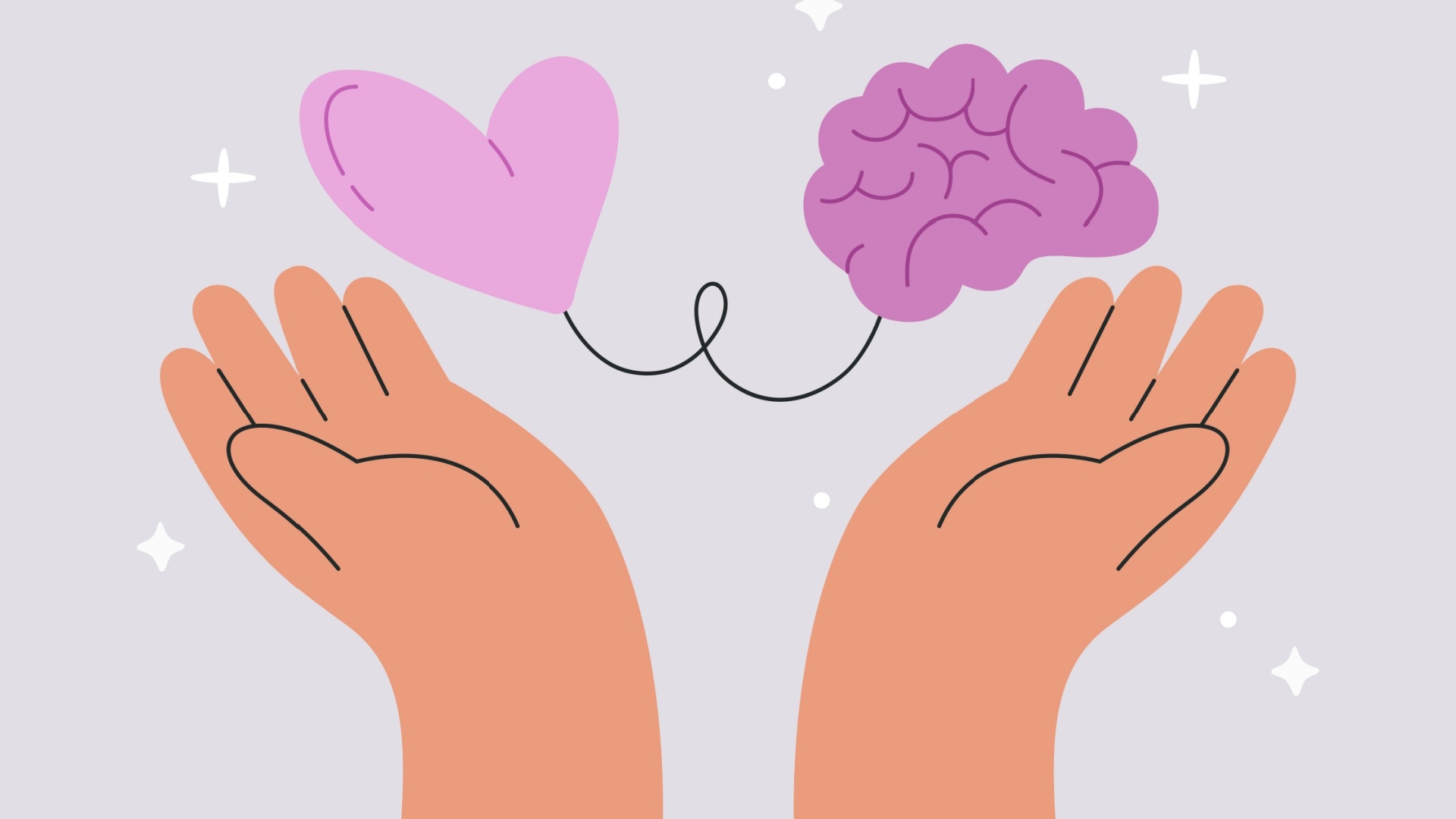 Gadgets, Apps, and Neural Networks for Mental Well-Being
Gadgets, Apps, and Neural Networks for Mental Well-Being
 Test. Which Ritual Should You Start Practicing This Winter?
Test. Which Ritual Should You Start Practicing This Winter?
 Which Christmas Movie Character Are You?
Which Christmas Movie Character Are You?
 Test. What Career Goal Should You Set for Next Year?
Test. What Career Goal Should You Set for Next Year?
 Your New Year’s Forecast: What Awaits You in the New Year?
Your New Year’s Forecast: What Awaits You in the New Year?
